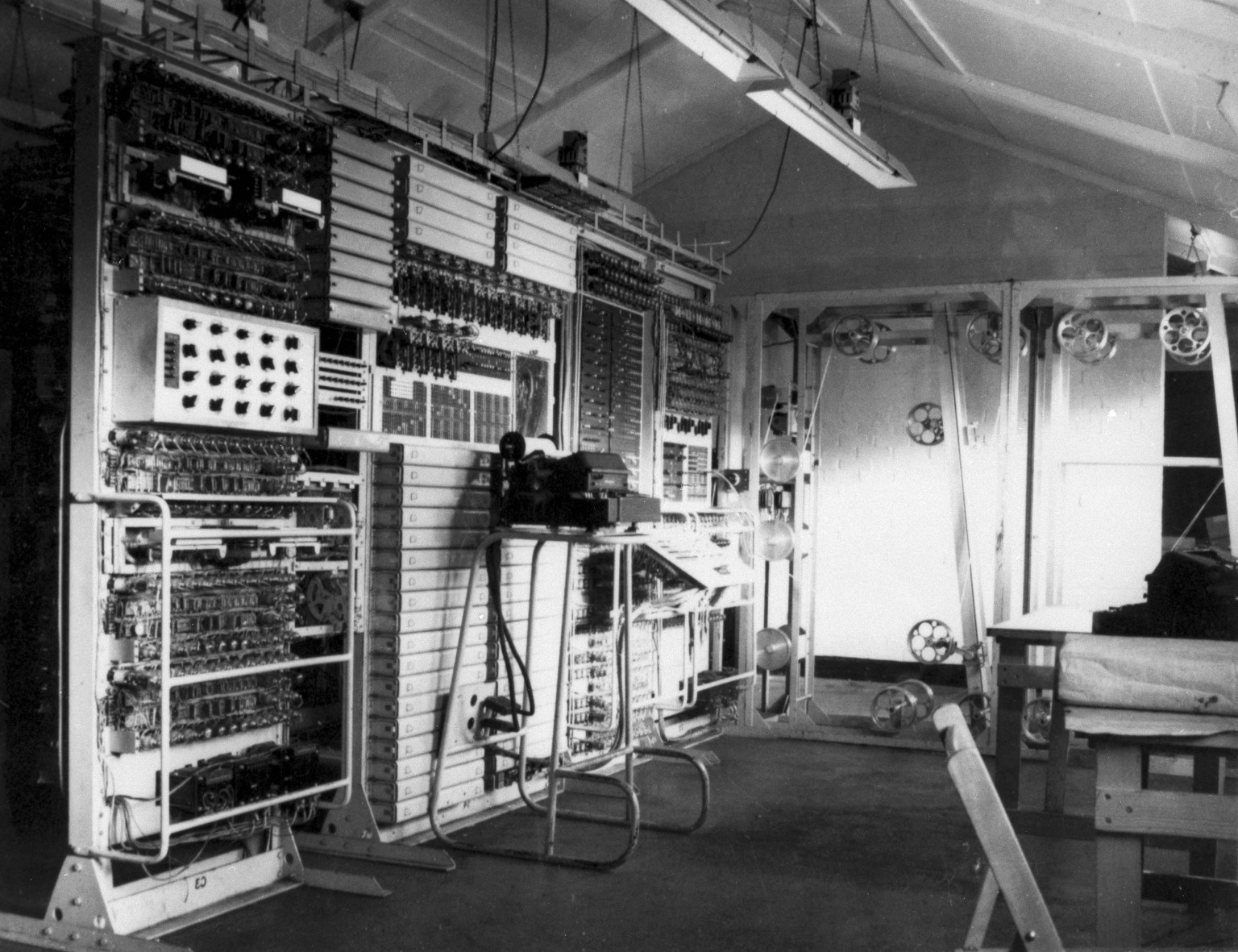
Why Alan Turing's Pardon Matters HuffPost UK
The first machine, Mark 1, worked in December 1943 and solved its first problem in February 1944. [5] Colossus Mark 2 was even better. It first worked on 1 June 1944, just before the Normandy Landings on D-Day. Ten Colossus computers were in use at the end of the war. British codebreakers called the teleprinter messages "Fish".
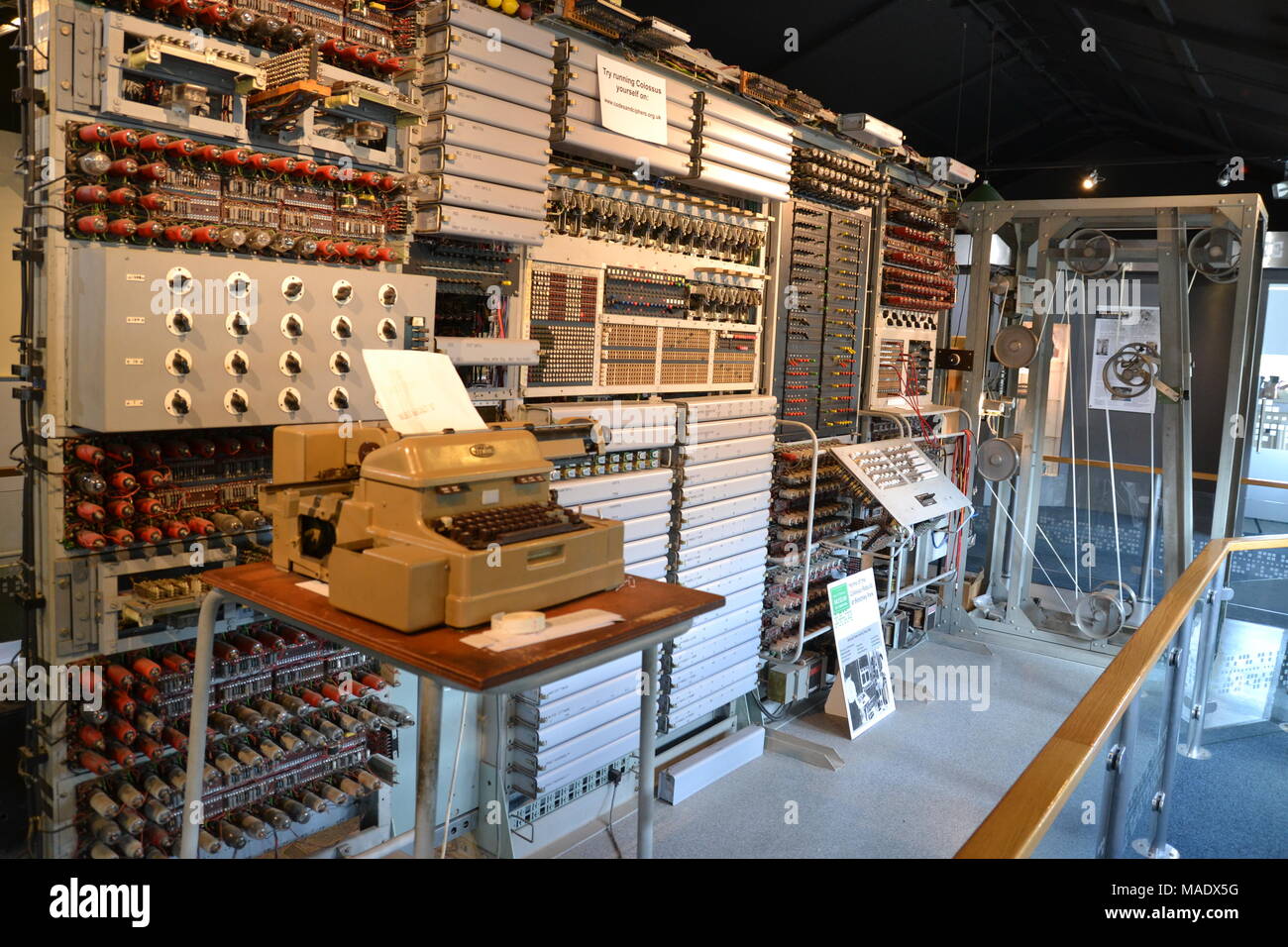
Colossus Computer Valves Problems / The History Of Computers During
computer Cite External Websites Also known as: Mark I Written by B.J. Copeland Professor of Philosophy and Director of the Turing Archive for the History of Computing, University of Canterbury, Christchurch, New Zealand. Author of Artificial Intelligence and others. B.J. Copeland Fact-checked by The Editors of Encyclopaedia Britannica

Colossus
Colossus Mark 1 30-second survey Report a copyright violation Submit an image you own 1943 Hardware Description Colossus was the world's first electronic, digital, fixed-program, single-purpose computer with variable coefficients.

Colossus Mark II YouTube
The Colossus Mark 1 was moved to Bletchley Park in January 1944 and put to work. In the meantime, Flowers had already started the design of Colossus Mark 2, a computer that would contain no less than 2400 valves. More importantly it was built in less than five months!

Colossus
The prototype, Colossus Mark 1, was shown to be working in December 1943 and was in use at Bletchley Park by early 1944. [1] An improved Colossus Mark 2 that used shift registers to quintuple the processing speed, first worked on 1 June 1944, just in time for the Normandy landings on D-Day. [6]
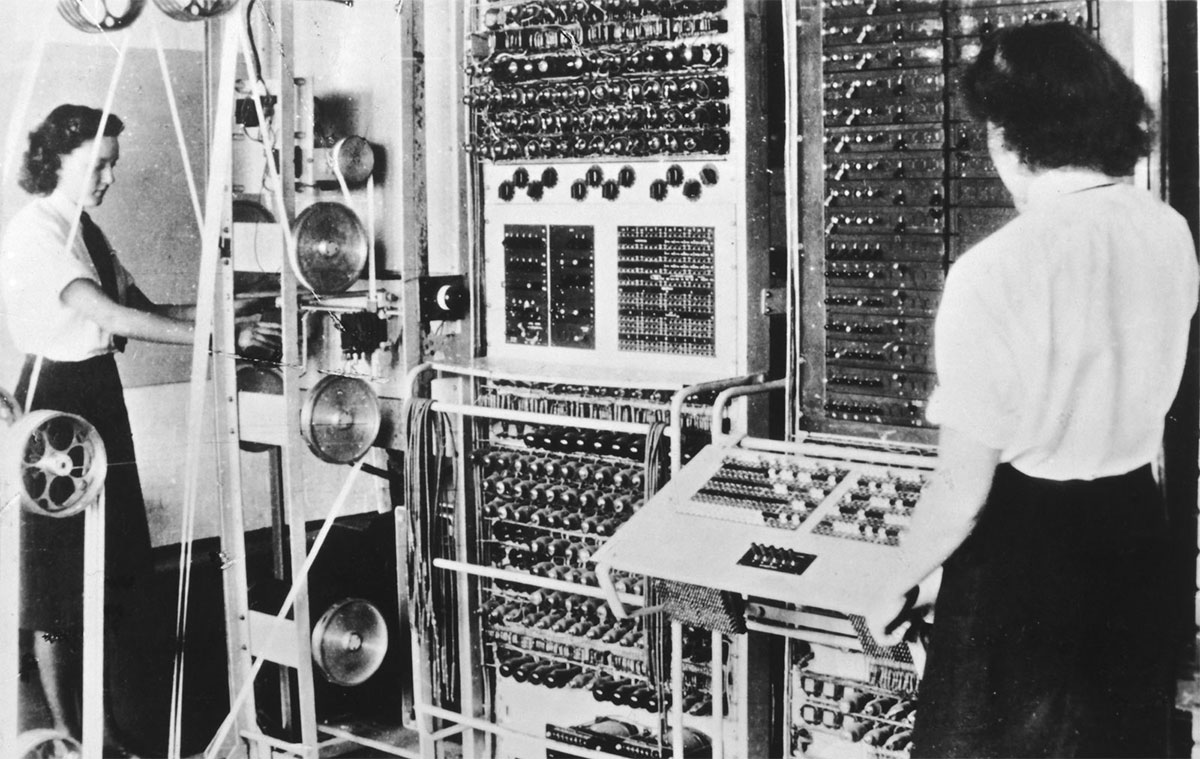
Colossus SOS PC 24/24
Manchester mark I 4.1 Introduction This chapter considers some of the early computers developed in the United States, Britain, and Germany. The Second World War motivated researchers to investigate faster ways to perform calculation to solve practical problems.

"Colossus Mark 2 the world's first programmable, digital, … Flickr
Operational from February 1944, the Colossus Mark 1 was the world's first code-breaking computer. Designed by engineer Tommy Flowers (UK), the computer was based at Bletchley Park in Buckinghamshire, England.

The Newmanry The Bill Tutte Memorial Fund
Computers in 1946. By the beginning of 1946 two major purely electronic digital computers had been built, the ENIAC in the U.S.A. and the Colossus in the U.K. In addition there were a number of electro-mechanical machines in existence, notably the "Harvard Mark I", built at Harvard University under Howard H. Aiken , completed in 1943.

COLOSSUS THE WORLDS FIRST ELECTRONIC COMPUTER NATIONAL MUSEUM OF
Colossus Mark 1 On 6th June 1996 (the anniversary of D Day) HRH The Duke of Kent came back (to Bletchley)and formally switched on Colossus in the presence of its designer Tommy Flowers. Photo: Colossus Rebuild Mark 1 © LSA Oct 1999. | EXIT | Colossus Mark 1| Introduction | Overview
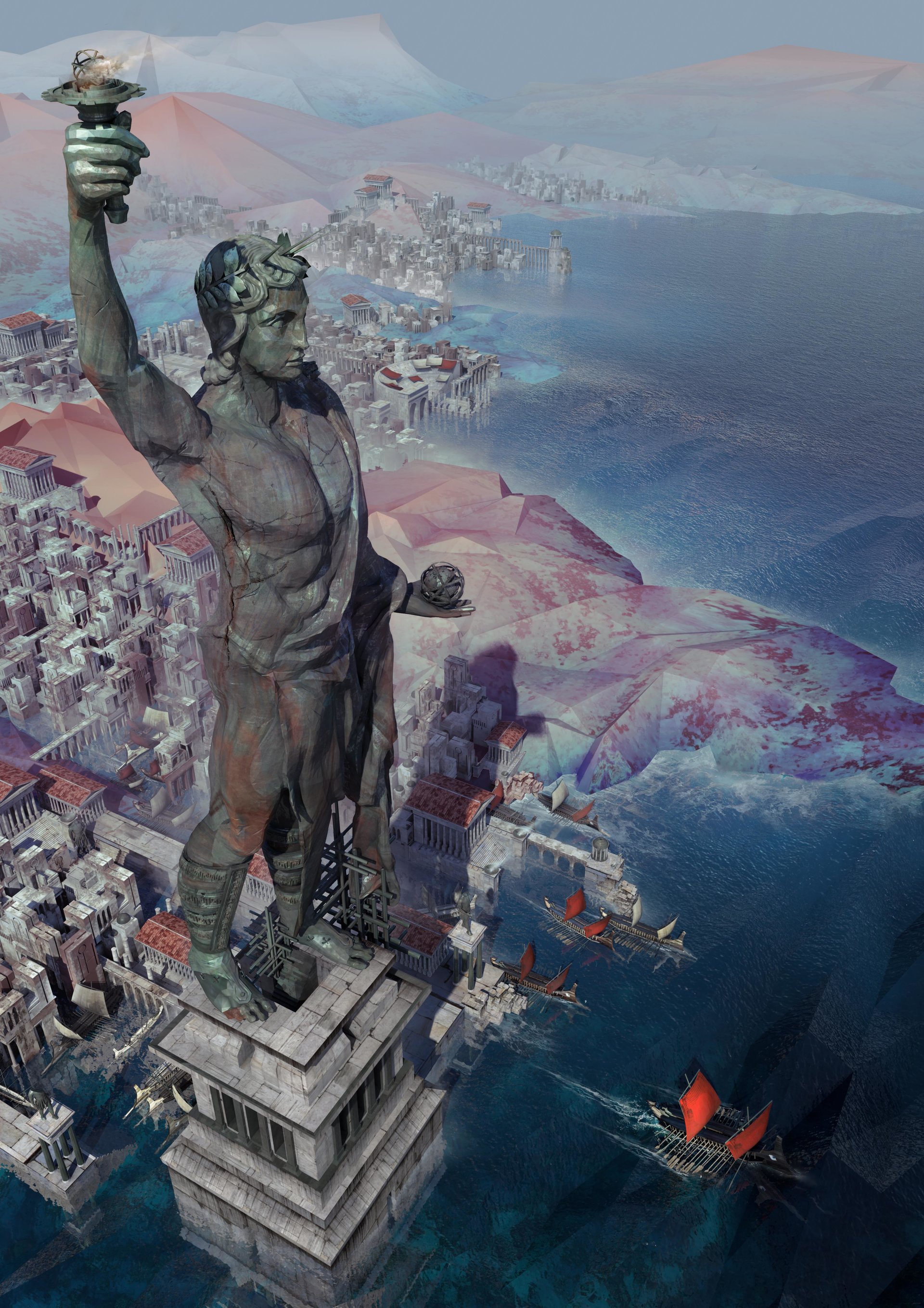
Colossus of Rhodes by Te Hu r/ImaginaryLandscapes
The Mark 1, however, was the largest of the three. It was 51 feet long, weighted 5 tons, incorporated 650,000 parts (Cruz, 2004), was eight feet high and two feet deep, and used at least 500 miles of wire ("Harvard Mark 1", n.d.). The Colossus, Z4 and Mark 1 have all played roles in history and were created during the

Colossus and other vintage computers from The National Museum of
Computing has come a long way in the 75 years since Colossus - the world's first electronic digital computer - became operational on 1 December 1943.
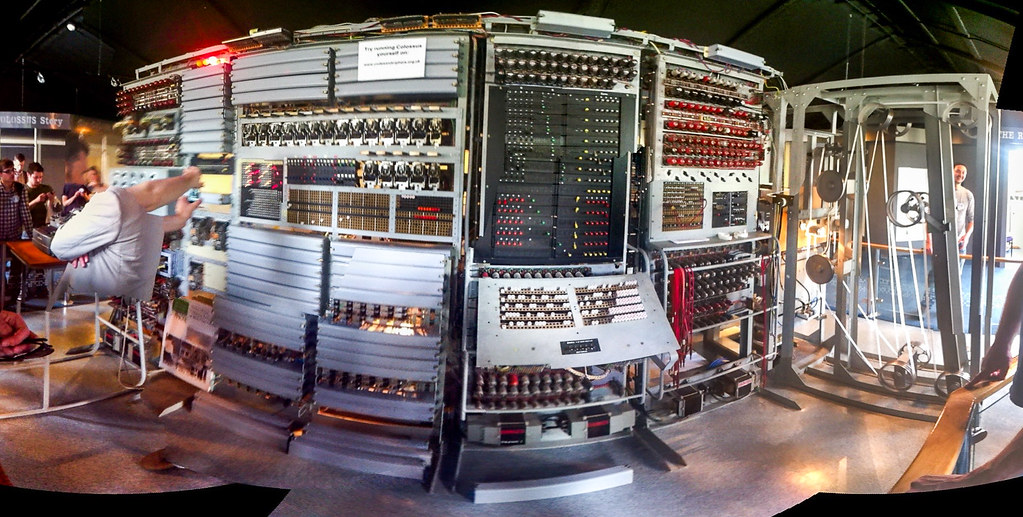
Colossus! Matt Biddulph
The Colossus Mark 1 machine, used to help break the German Lorenz cipher in WW2, was delivered to the Government Code and Cipher School at Bletchley Park, Buckinghamshire in December 1943. It was functional by February 1944. Colossus is considered to be the world's first semi programmable, electronic, digital computer.
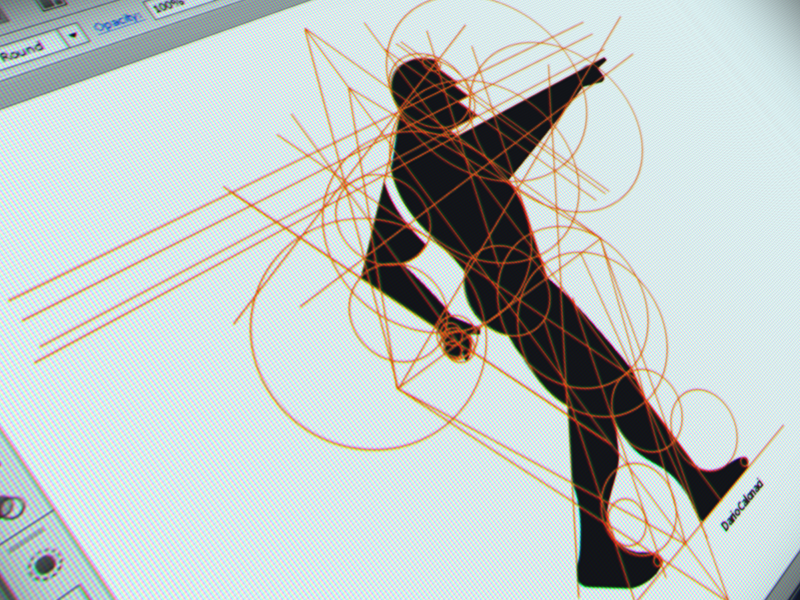
Colossus mark by Dario Calonaci on Dribbble
The Mark 1 began operation on February 5, 1944. The Mark 2 unit replaced it in June of 1944, just in time for D-Day invasion. One of the early deciphered messages allowed the Allies to know that Hitler had swallowed the bait for a false landing at Calais on D-Day, giving the Allies a decisive advantage.

Colossus
Timeline of Computer History The Colossus at work at Bletchley Park First Colossus operational at Bletchley Park Computers Designed by British engineer Tommy Flowers, the Colossus is designed to break the complex Lorenz ciphers used by the Nazis during World War II. A total of ten Colossi were delivered, each using as many as 2,500 vacuum tubes.
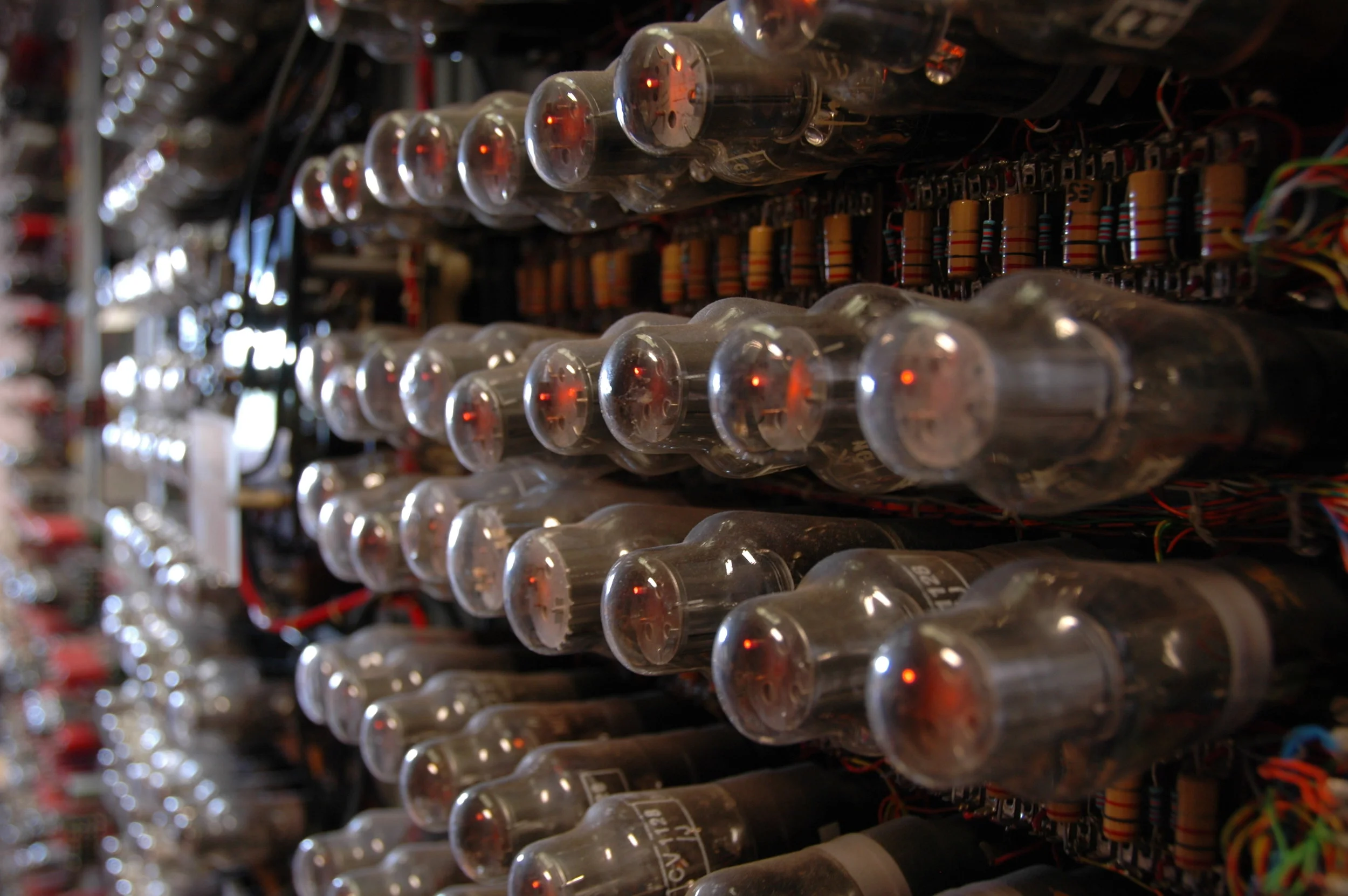.jpg)
Colossus — The National Museum of Computing
The Colossus Gallery houses the rebuild of Colossus and tells that remarkable story. Colossus reduced the time to work out the Lorenz chi-wheel settings and enabled more messages to be deciphered and the whole code-breaking operation to be accelerated.
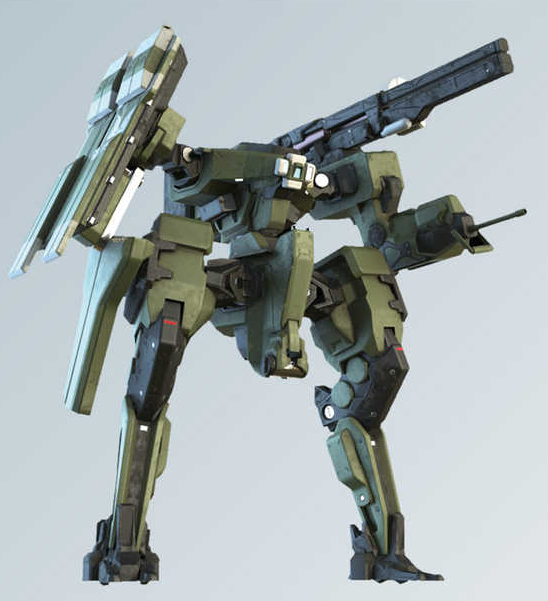
HRUNTING/YGGDRASIL Mark II (J) Colossus Vehicle Halopedia, the Halo
The Colossus Mark I was quickly outdated by the Colossus II, the first of which was finished by June, 1944. Nine Mark IIs were built, and the original machine was upgraded to become the tenth machine, each one occupying a large room. The Colossus II used around 2500 values and read the tape five times as fast as its predecessor.